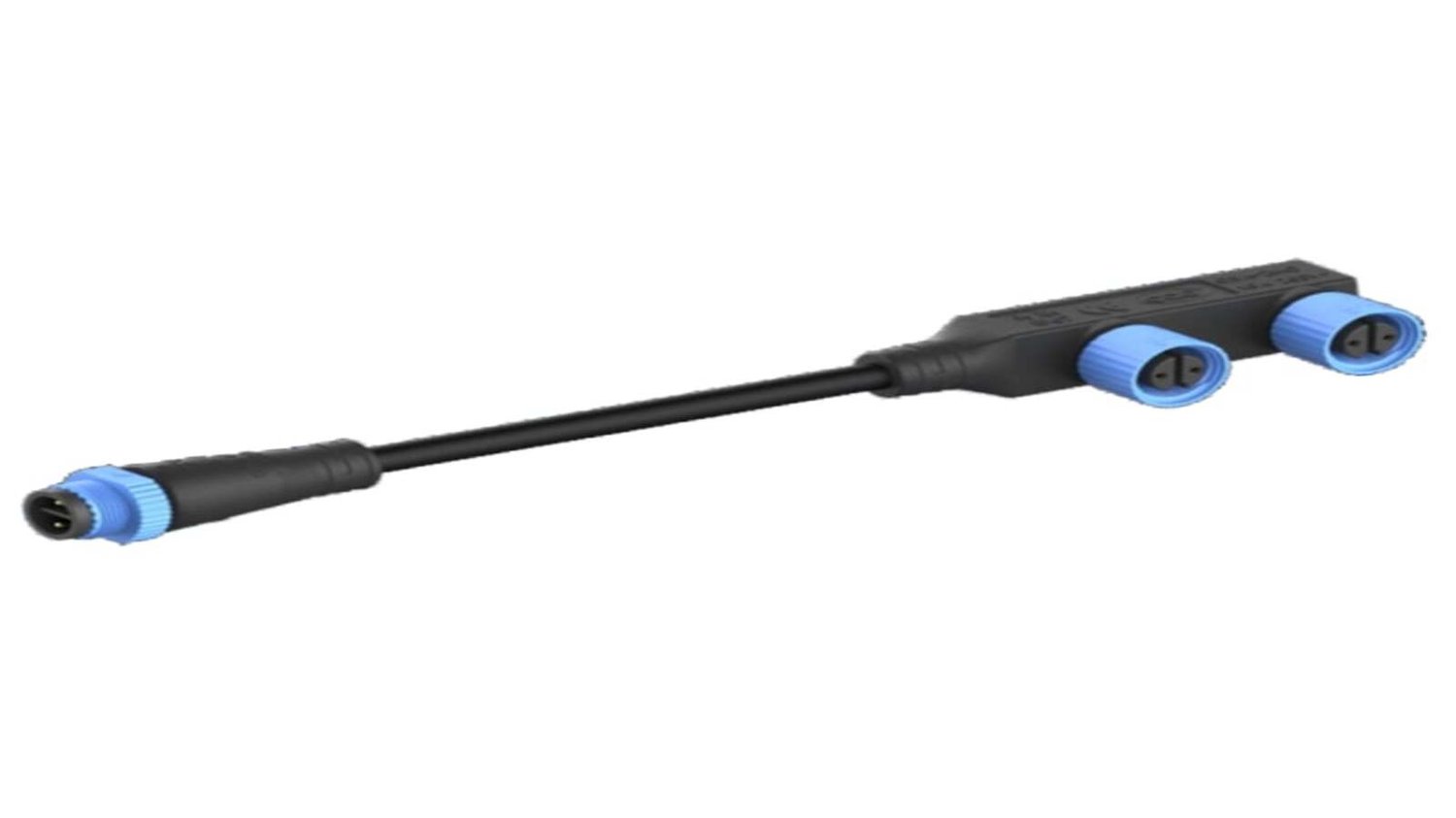waterproof cable glands: An Ultimate Guide
If you are looking for an efficient system to protect your cables from harsh environments, waterproof cable glands are the answer. Waterproof cable glands come in different sizes and shapes and are designed to protect cables from various weather and environmental conditions. In this article, we'll discuss everything you need to know about waterproof cable glands, including their features, functions, benefits, and applications.
What are waterproof cable glands?
Waterproof cable glands are devices that attach to cable entry points or openings to protect cables from dust, moisture, and other harmful elements. They provide strain relief, cable support, and secure cable connections to the enclosure. These glands seal the cable through the opening to create a waterproof barrier that prevents water and other liquids from penetrating the enclosure.
Features of waterproof cable glands
Waterproof cable glands feature multiple components to make them efficient and reliable. The essential components include a base, a seal, a retaining nut, and a clamping mechanism. The base of the waterproof cable gland is responsible for providing a secure connection to the mounting surface. The seal prevents moisture and other elements from getting into the enclosure.
Functions of waterproof cable glands
The primary function of waterproof cable glands is to seal the cables and secure them to the enclosure to protect them from environmental and weather conditions. The glands also provide strain relief, which reduces mechanical strain and stress on the cables. This feature increases the lifespan of the cable by preventing excessive bending, stretching, and twisting.
Benefits of waterproof cable glands
Using waterproof cable glands comes with various benefits. Firstly, they prevent the ingress of water, dust, and other harmful elements into the enclosure, protecting the cables and other electrical components from damage. Additionally, waterproof cable glands create a clean and organized environment by securing cables and reducing clutter. They also come in various sizes and designs, making them versatile for several applications.
Applications of waterproof cable glands
Waterproof cable glands are used in various applications within different industries. They are typically used in outdoor applications where exposure to weather and environmental elements can impact cables' performance. These industries include but are not limited to construction sites, transportation, telecommunications, marine, and oil and gas. Additionally, waterproof cable glands can be used for underground installations, where water and moisture are a concern.
Installation of waterproof cable glands
Waterproof cable glands can be installed with ease, even by those with little technical experience. First, you need to remove the outer jacket of the cable, expose the wires, and strip the insulation. Place the cable through the waterproof cable gland's opening, ensuring that it fits perfectly. Then tighten the nut onto the gland until it's secure and snug. Finally, make sure that the seal compresses onto the cable sufficiently. You can also use a sealing compound or silicone to prevent moisture ingress.
Different types of waterproof cable glands
There are various types of waterproof cable glands, each designed for a specific application. Some of these types include cable glands with strain relief, armored cable glands, flameproof cable glands, explosion-proof cable glands, and cable glands with multiple holes.
Factors to consider when choosing waterproof cable glands
When choosing waterproof cable glands, several factors need to be considered, including the size of the cable, the level of moisture, the environment, and the installation process. It's crucial to choose the right gland for the specific application to ensure maximum protection and efficiency.
Maintenance of waterproof cable glands
Maintaining waterproof cable glands is essential for ensuring long-term efficiency and protection. Regular cleaning and inspection prevent clogging and ensure that the seals remain functional. Additionally, regular replacement of the seals and other components is vital for securing and protecting cables efficiently.
Conclusion
Waterproof cable glands play an essential role in protecting cables and other electrical components from environmental and weather conditions. They provide a secure connection, strain relief, and create a waterproof barrier, preventing moisture and other harmful elements from getting into the enclosure. Waterproof cable glands come in different sizes and designs, making them versatile for several applications. When choosing a waterproof cable gland, it's essential to consider factors such as cable size, environment, and installation process for maximum efficiency and protection.

